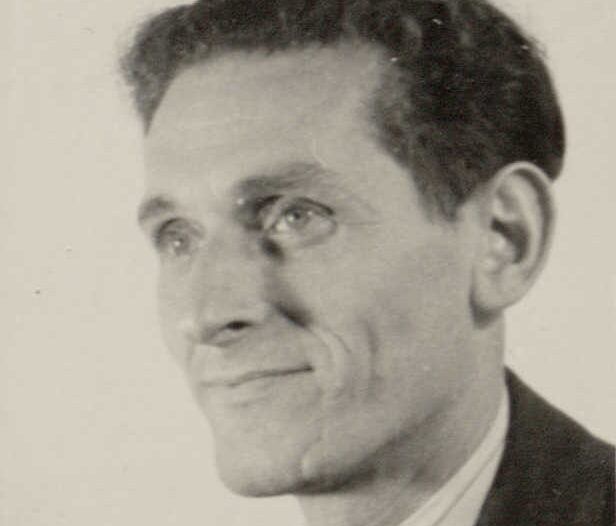DNA research in Australia leads to resistance member ID

A Jewish member of the Dutch resistance during World War II has finally been identified by army experts more than 80 years after his death, thanks to DNA research via Australia.
Bernard Luza was shot dead by the German occupying forces in 1943 and had been buried in an unmarked grave in at the military cemetery in Loenen since 2013.
Luza was a member of the Dutch communist party CPN and the people’s militia NVM. He was arrested in November 1942 at the clothing factory where he worked and sentenced to death for incitement and circulating the illegal newspaper De Waarheid.
Luza was shot along with four others in Hoofddorp, where the bodies were found buried in 1945.
Three of those who were killed had already been identified. Although researchers has suggested earlier the fourth body could be that of Luza, it has only now been formally confirmed.
The discovery of a nephew, the son of Luza’s sister who had emigrated to Australia after the war, proved to be the breakthrough researchers had hoped for.
But the nephew was only found about by chance when a researcher recognised the name in an email exchange.
“In total, the investigation has taken 12 years,” Els Schiltmans, an identification expert with the BIDKL told broadcaster NOS.
Thank you for donating to DutchNews.nl.
We could not provide the Dutch News service, and keep it free of charge, without the generous support of our readers. Your donations allow us to report on issues you tell us matter, and provide you with a summary of the most important Dutch news each day.
Make a donation